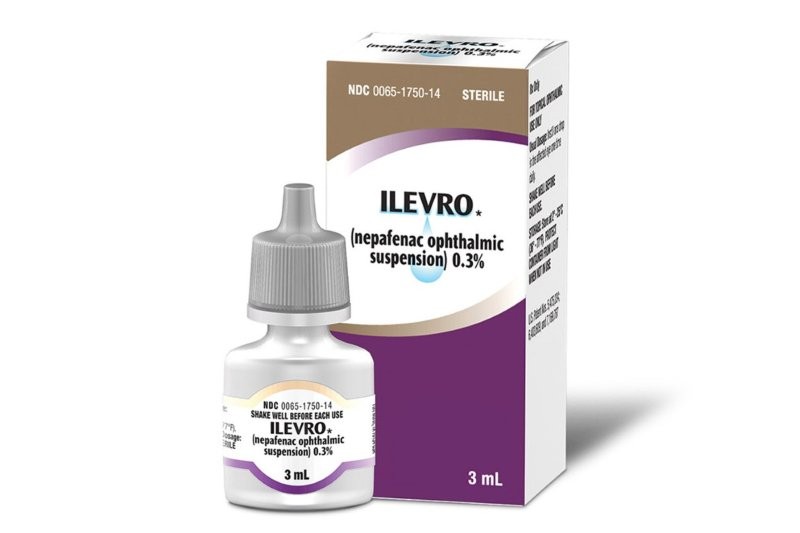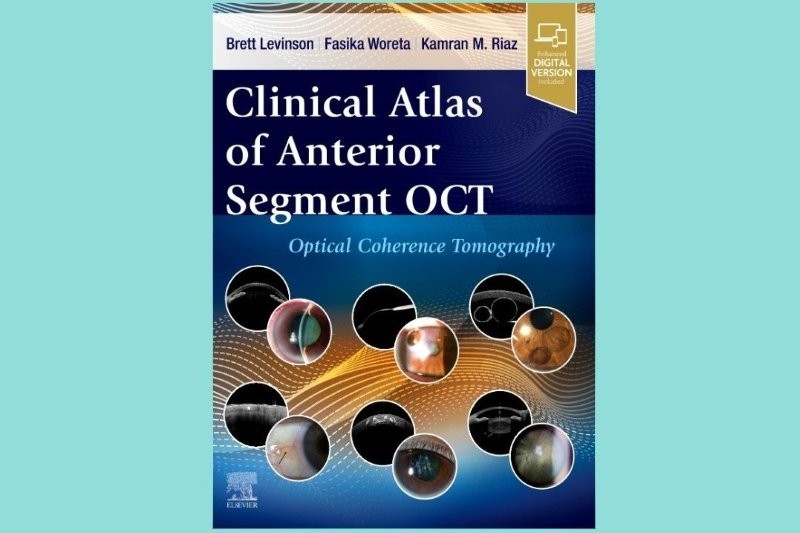Simple questionnaire assesses AMD risk effectively
Researchers in France have developed a simple, largely self-administered, questionnaire which they say effectively assesses risk for age-related macular degeneration (AMD) without the need for biological sampling.
Risk factors having shown the most consistent associations with AMD were included in the STARS (Simplified Théa AMD Risk-Assessment Scale) questionnaire, they said. These related to age, gender, ethnicity, family history of AMD, BMI, smoking (current and past), medical history of myocardial infarction, hypertension, atherosclerosis and hypercholesterolemia. A second part of the questionnaire asked for data on iris colour, whether the patient had had cataract surgery, the presence of myopia or hyperopia, and whether a fundus exam had picked up soft drusen, pigmentary abnormalities or late AMD.
Two studies were conducted, one in Italy (127 participating ophthalmologists 12,639 patients) and one in France (80 participating ophthalmologists, 6897 patients). Over a week, participating ophthalmologists invited all their patients aged 55 years or older to fill in the STARS questionnaire.
Based on fundus examination the patients were categorised, with early AMD being defined by the presence of soft drusen and/or pigmentary abnormalities and late AMD by the presence of geographic atrophy and/or neovascular AMD.
All 13 risk factors included in the STARS questionnaire showed significant associations with AMD in the Italian sample. While the researchers said the discriminative performances of the score were somewhat lower than in previous risk scores (AUC under the ROC curve generally between 0.80 and 0.90), the sensitivity was high in both samples (91.9% and 79.6% in the Italian and French samples respectively) so that the vast majority of true AMD cases would be detected. Although specificity was relatively low (43.6% and 44.7%, respectively), the negative predictive value was also high in both samples (75.7% and 84.5%, respectively), showing that among those classified at low risk, the vast majority would actually be free of AMD. They also said most of the false positives would be classified as moderate risk, and only a minority as high risk. Finally, the positive predictive values were very different in the Italian and French samples (74.1% and 36.5%), although sensitivity and specificity were in the same range in both samples. The team said this highlighted the fact predictive values are highly-dependent on the prevalence of the disease, which was quite different in the two samples (59.7% in the Italian sample and 28.3% in the French sample). Thus, the proportion of AMD cases among subjects classified as moderate or high risk may be quite different in different populations or according to the screening strategies.
The researchers suggest STARS has been shown to be a simple and effective questionnaire for assessing risk for AMD in two large European samples and that it might be used by ophthalmologists in routine clinical practice or as a self-assessment for risk of AMD in the general population.


























